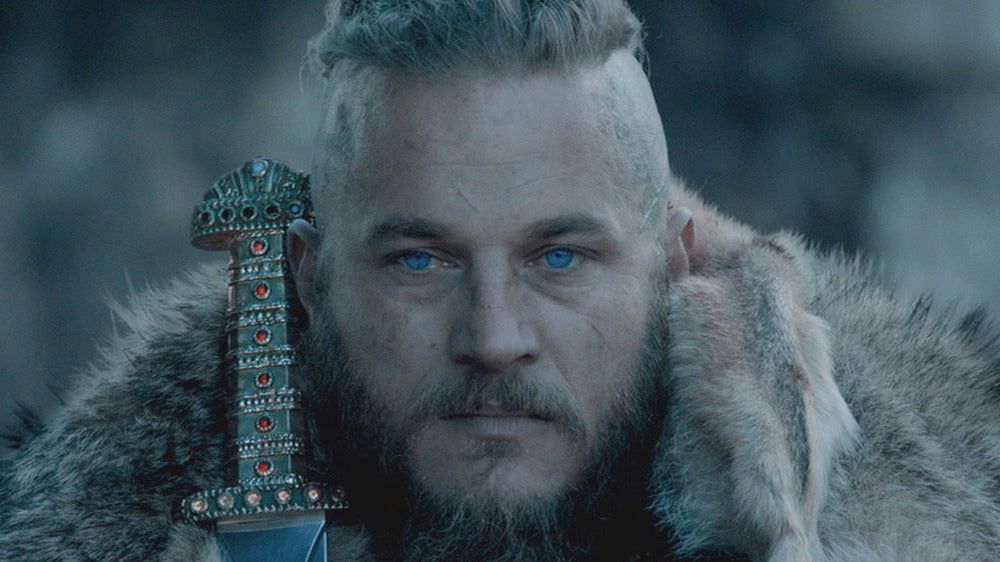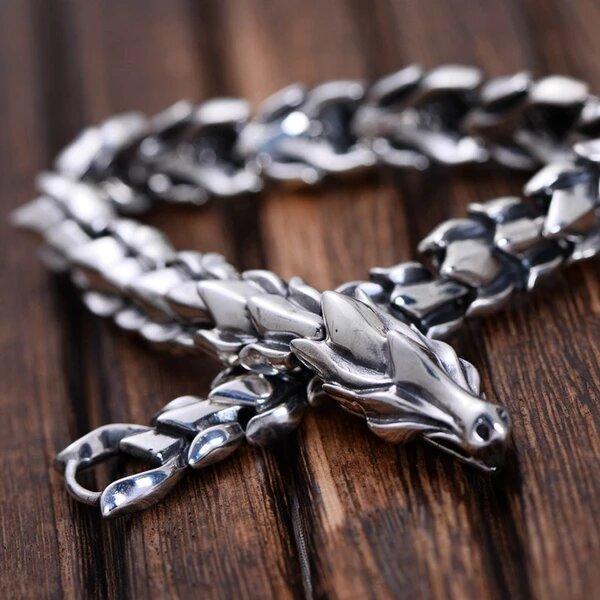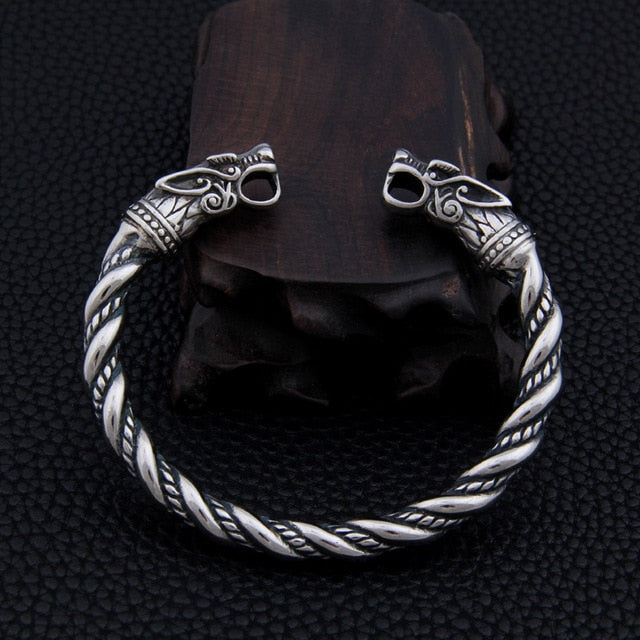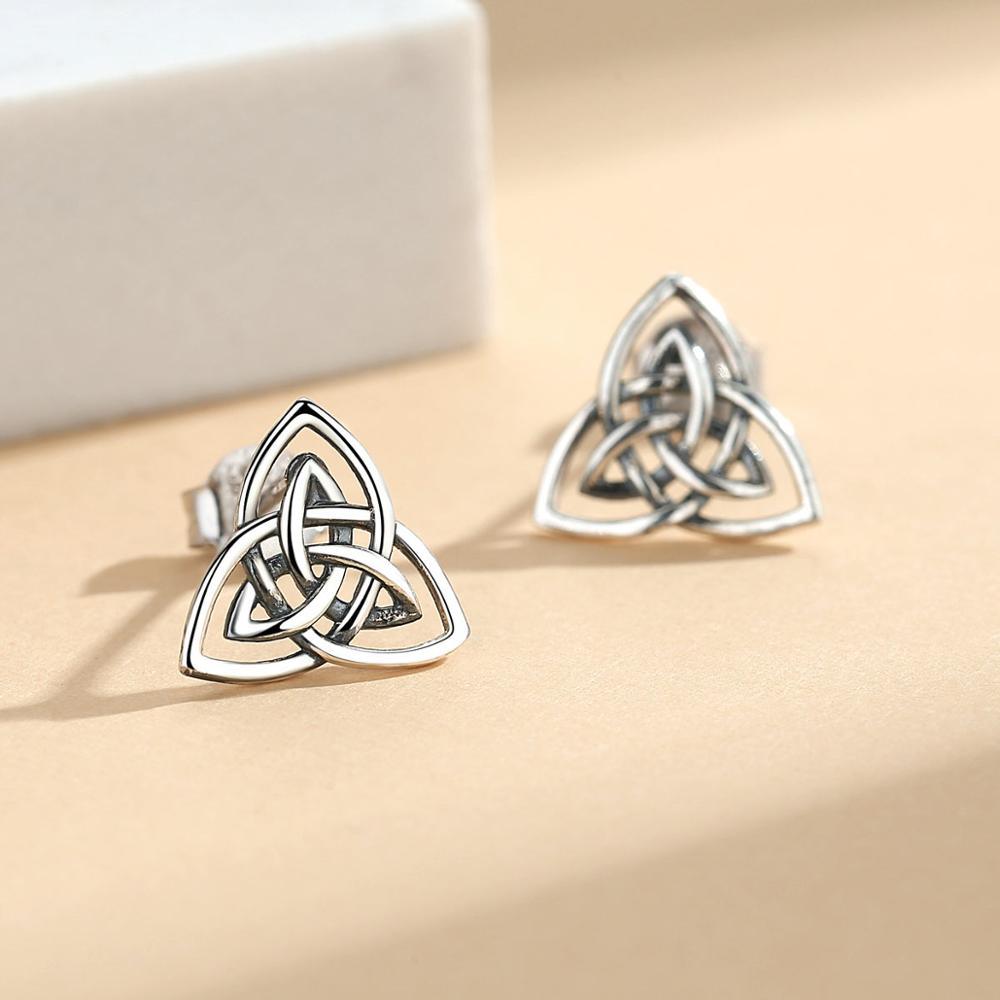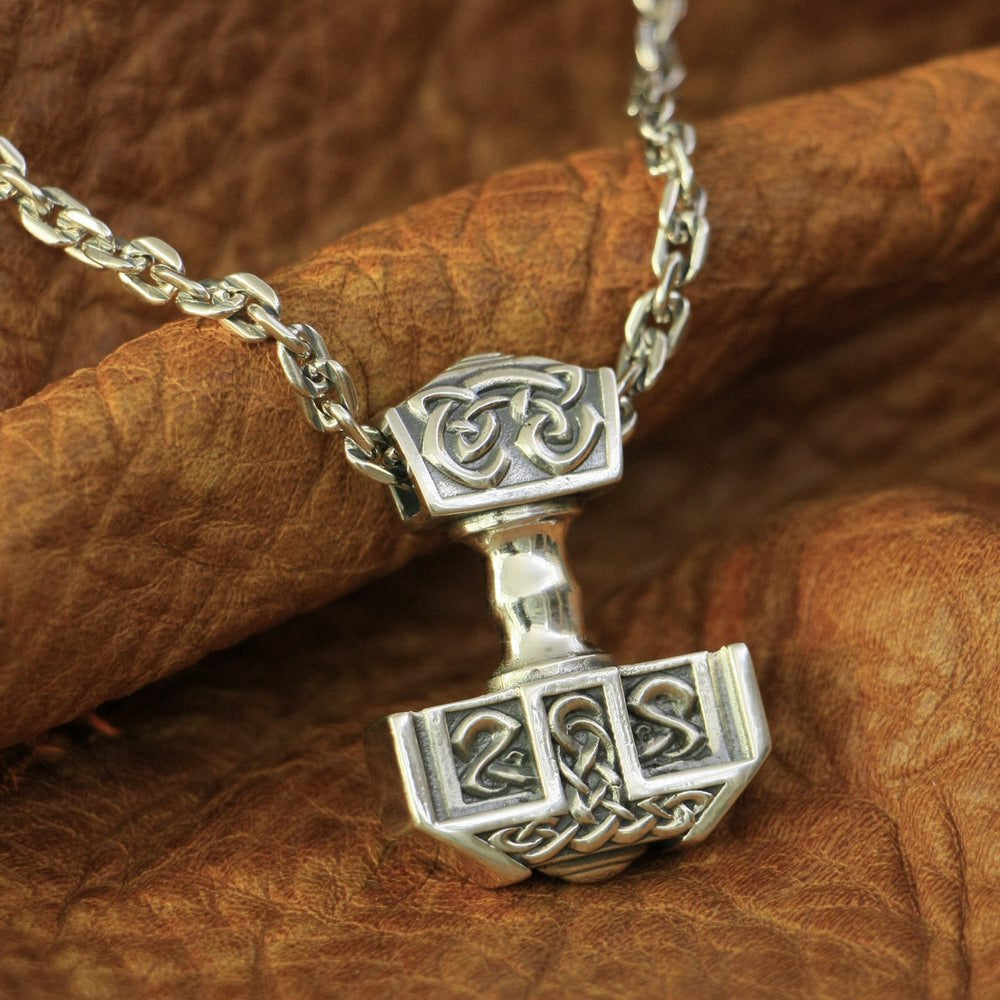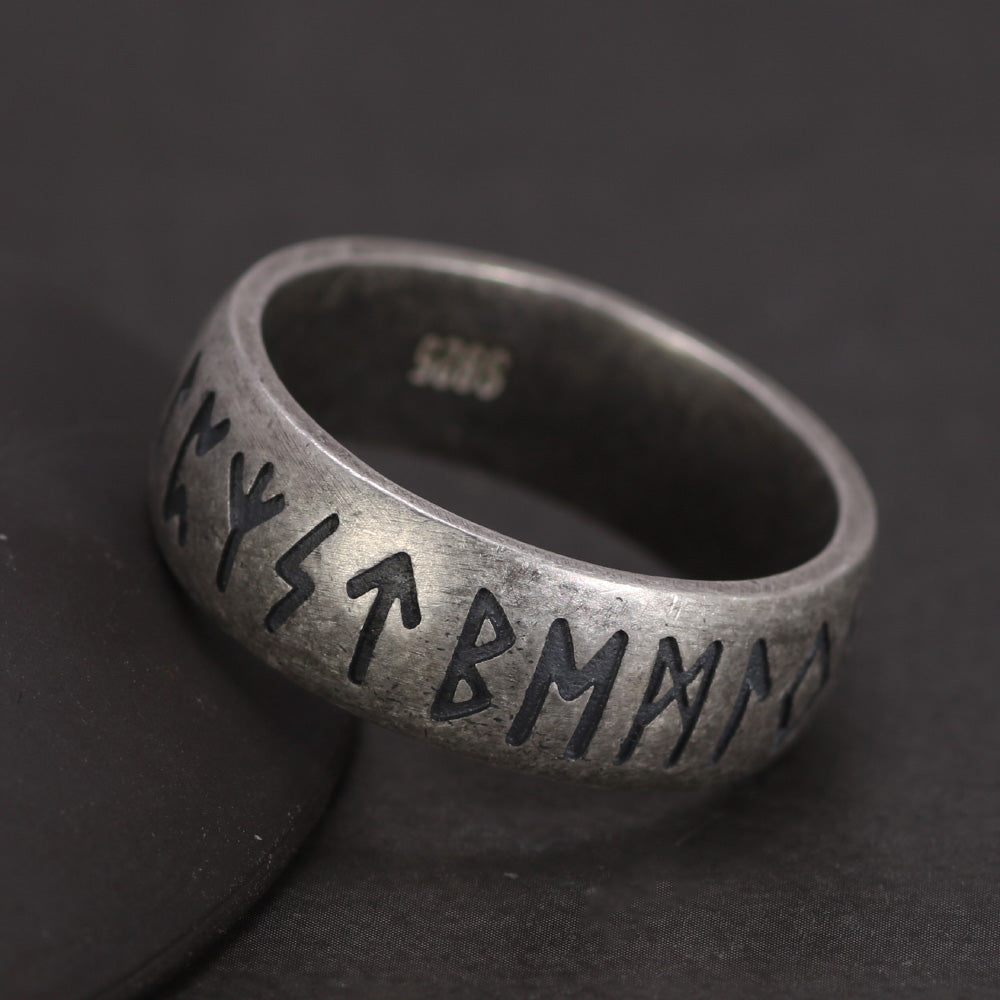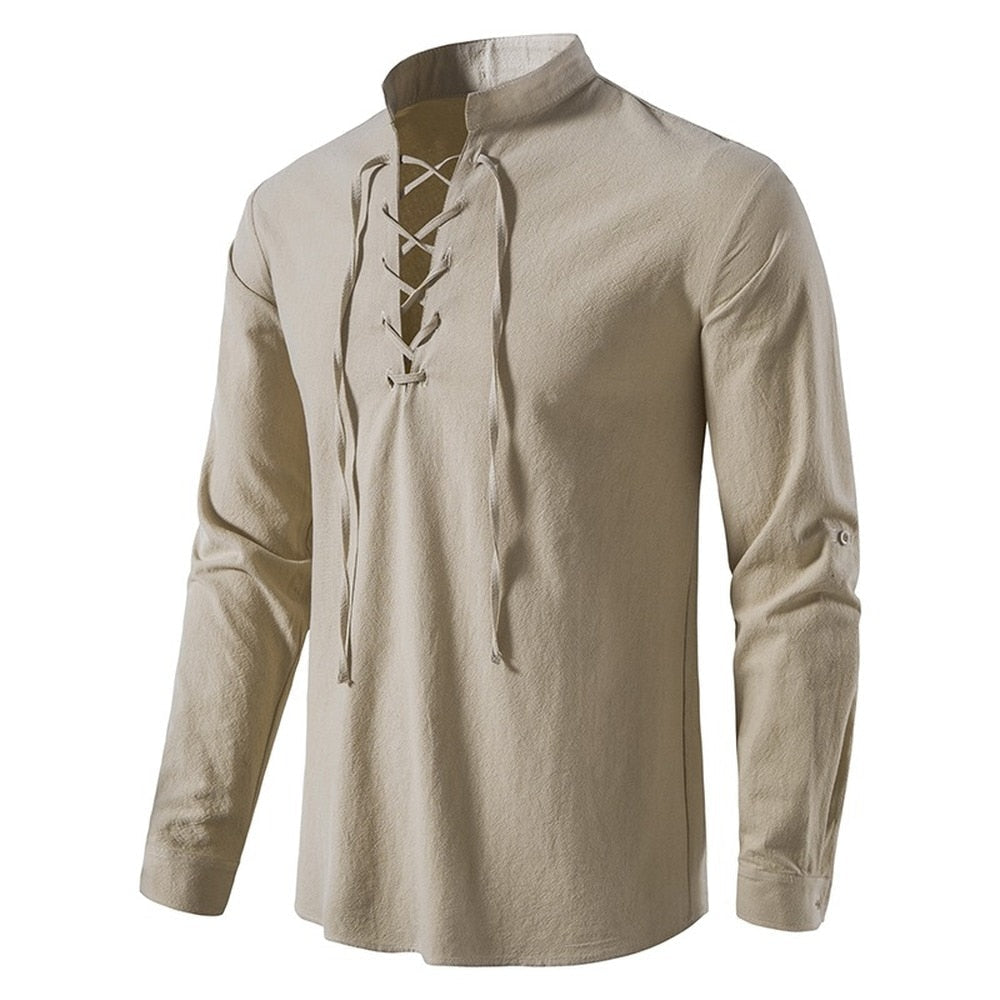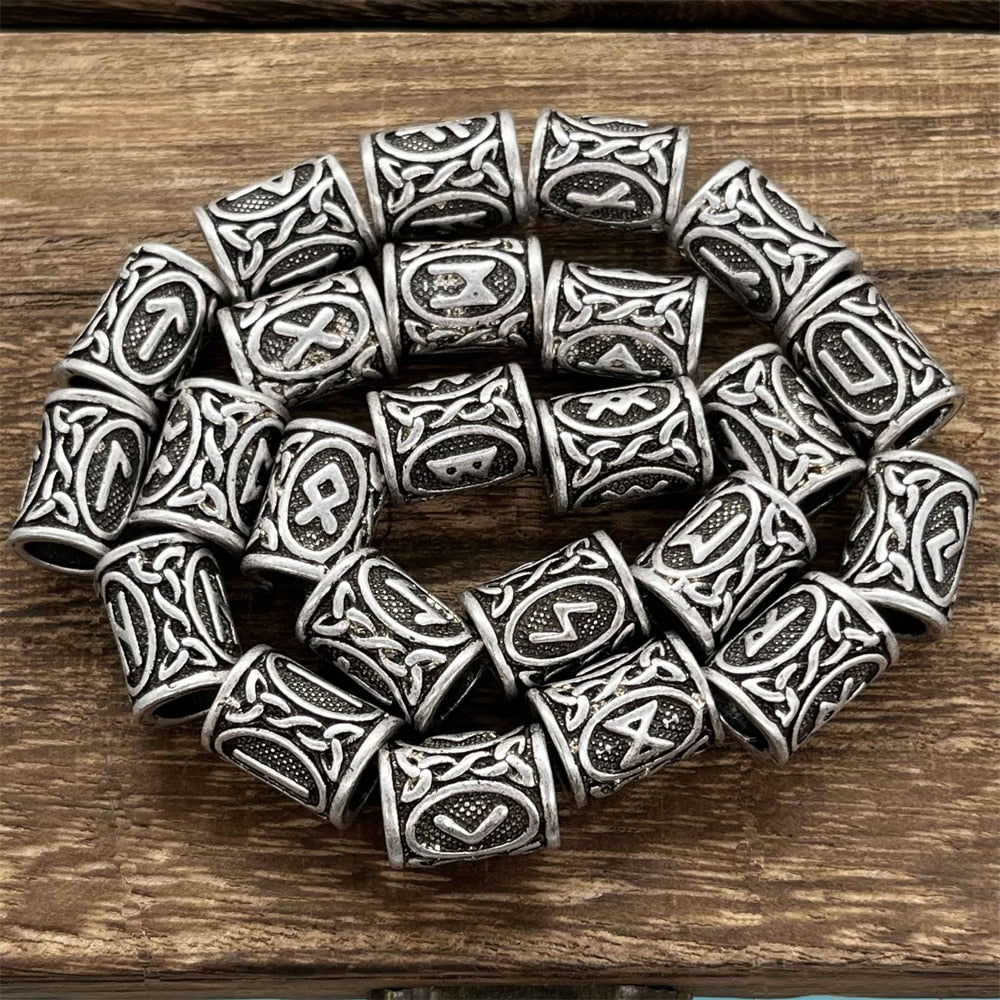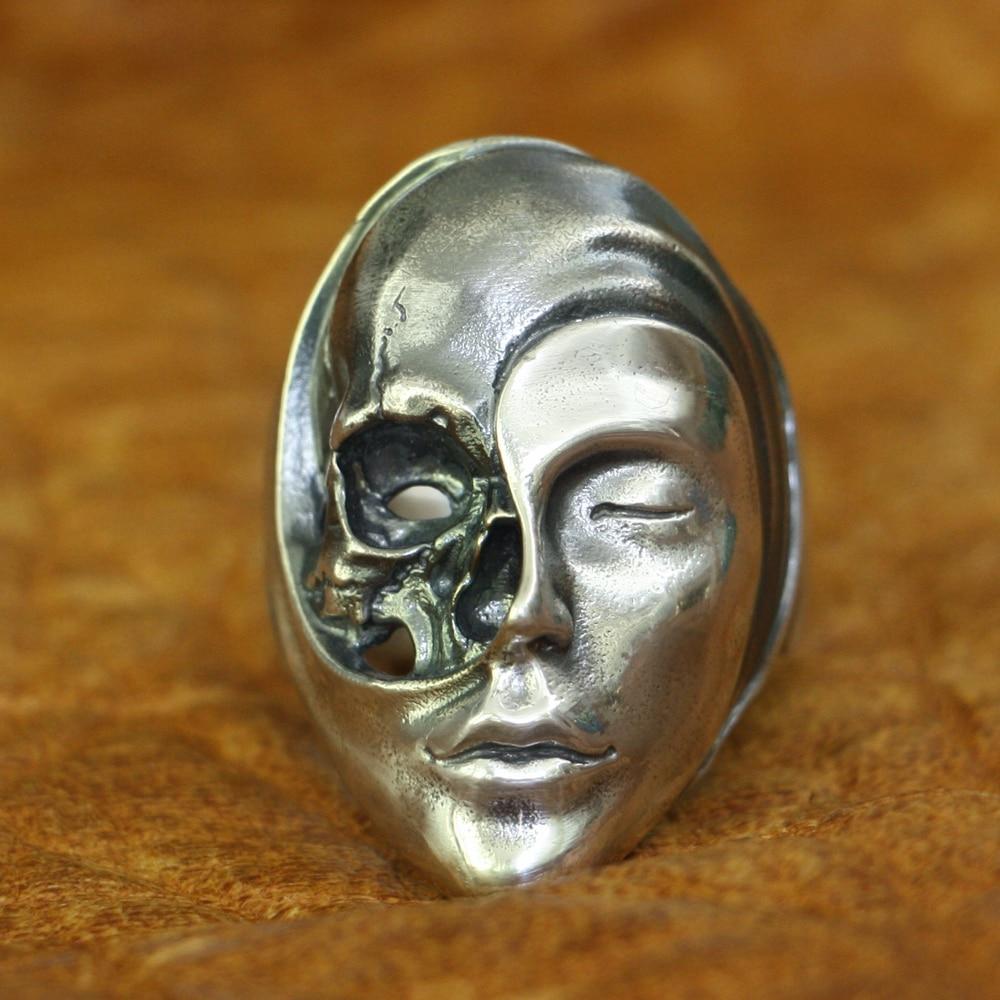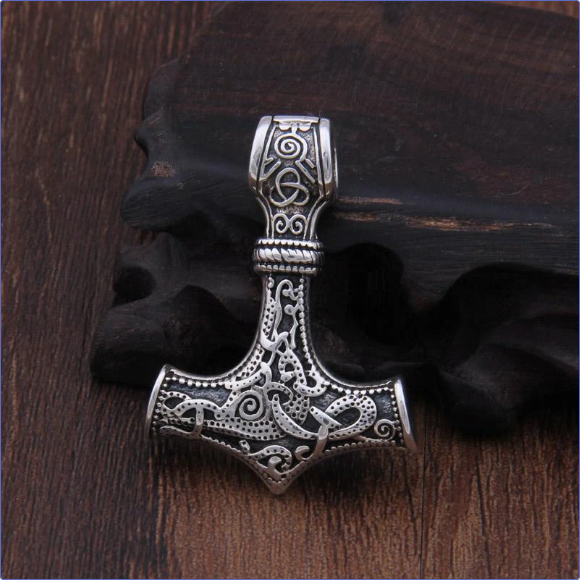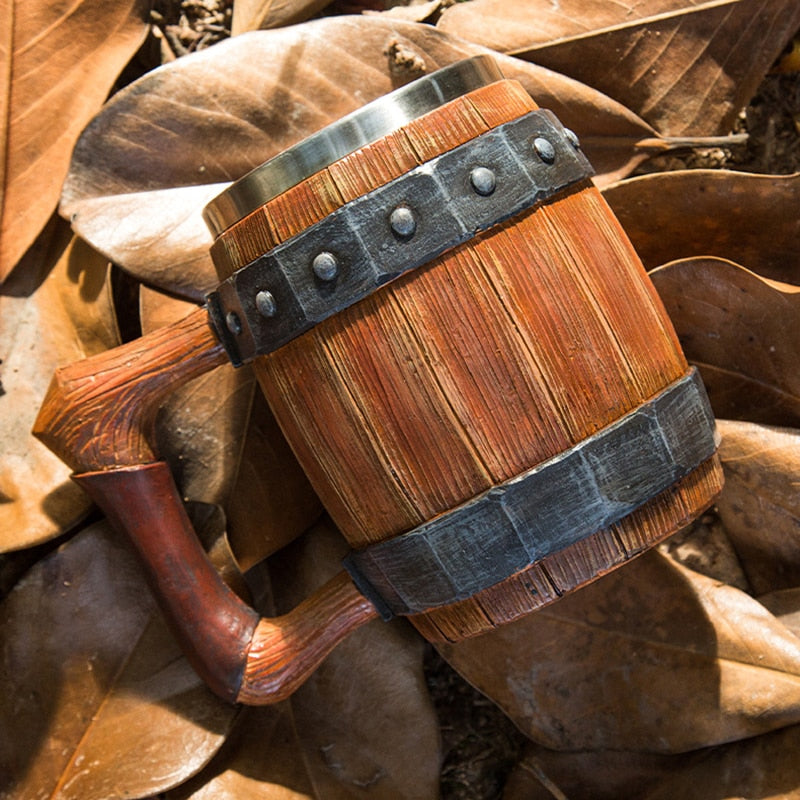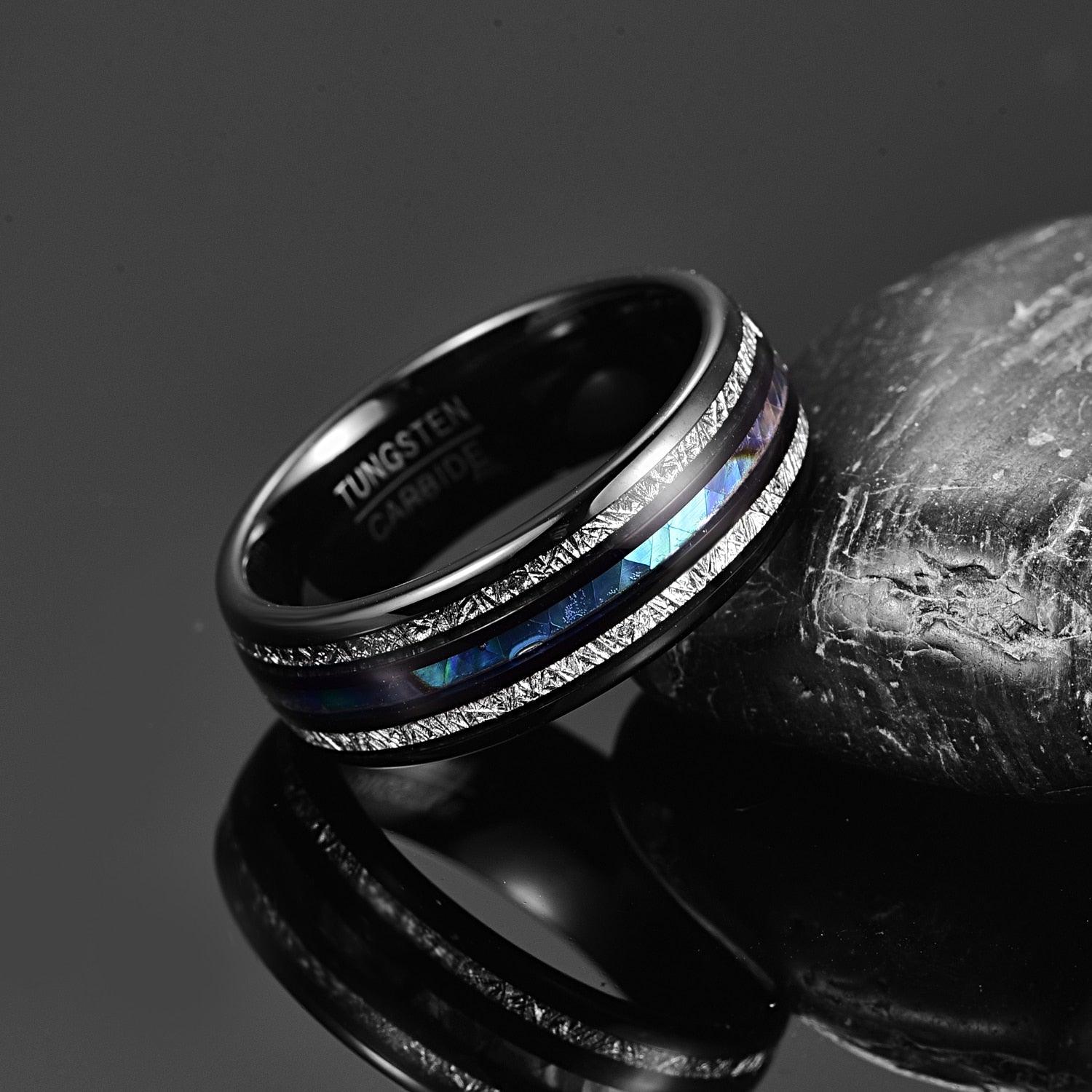The name Ragnar Lothbrok conjures images of a cunning leader whose fame is legendary. Popularized by modern TV series like Vikings, Ragnar has become an iconic figure. But how much of what we "know" about him is historical fact, and how much is myth?

The Mythical Saga Hero
Ragnar’s legend lives vividly in medieval sagas, especially the Tale of Ragnar’s Sons (Ragnars saga loðbrókar) and The Saga of Ragnar Lodbrok and His Sons. These stories, written centuries after the Viking Age, describe Ragnar as a legendary Norse hero and king who led daring raids across France and England in the 9th century.
According to the sagas, Ragnar was the son of the Swedish king Sigurðr Hringr (anglicized to Sigurd Ring). He won his second wife, the shieldmaiden Lagertha, after slaying a bear and a dog. Later, he married the beautiful and prophetic Aslaug, the daughter of the dragon-slayer Sigurd and shieldmaiden Brynhildr (read more about Aslaug the Norse Mythical Queen here). The couple had several sons—most notably Ivar the Boneless, Bjorn Ironside, Sigurd Snake-in-the-Eye, and Hvitserk—who would go on to become famous Viking leaders in their own right.
Historical Records: A Fragmented Puzzle
Historians have long debated whether Ragnar Lothbrok was a real person or a composite of several historical Viking leaders.
No contemporary source from the 9th century directly confirms the existence of a single person named “Ragnar Lothbrok.” However, several leaders mentioned in Anglo-Saxon, Frankish, and Irish chronicles bear similarities to Ragnar:
Reginherus, who led the siege of Paris in 845, is often identified with Ragnar (read more about the The Viking Siege of Paris here). The Annals of St. Bertin mention him as a powerful Viking chieftain who was paid a huge ransom to leave the city—an event echoed in the sagas.
Other Viking leaders in Ireland and the British Isles during the 9th century may have contributed to the composite legend, in special Ragnall ua Ímair (Old Norse: Rǫgnvaldr), who was a Viking leader who ruled Northumbria and the Isle of Man in the early 10th.

Ivar the Boneless, Ragnar’s supposed son, is documented in the Anglo-Saxon Chronicle as a leader of the Great Heathen Army that invaded England in 865. This campaign led to the death of King Ælla, suggesting some truth behind the revenge narrative (read more about The Real Ivar The Boneless here).
It is quite possible that rather than a single man, “Ragnar Lothbrok” may represent a mythologized amalgam of several prominent Viking figures, whose deeds were condensed into one larger-than-life character by later storytellers.
Cultural Symbol or Historical Hero?
The sagas were written in the 13th century—hundreds of years after the events they describe. These stories served not just to entertain, but to link noble families to heroic ancestors, establish cultural values, and legitimize political claims.
Ragnar’s sons are a good example. While we have historical evidence for some of them, their relationships and exploits were likely exaggerated or fabricated to serve dynastic ambitions. For instance, Bjorn Ironside is associated with raids in the Mediterranean, and his burial mound in Sweden was revered for centuries. Whether he was truly Ragnar’s son, or simply given that title for prestige, is unclear.
The enduring allure of Ragnar lies in this blend of fact and fiction. He’s more than a historical figure—he’s a cultural archetype of the Viking Age: brave, cunning, brutal, and enigmatic.

Ragnar in Popular Culture
Modern portrayals, especially in television and film, have resurrected Ragnar for new audiences. In Vikings (2013–2020), Travis Fimmel’s portrayal of Ragnar Lothbrok mixes historical elements with the saga tradition, creating a compelling yet largely fictionalized character. These dramatizations reflect the same process as the medieval sagas: mythologizing for the sake of narrative impact.
While not historically rigorous, they demonstrate the power of Ragnar’s story to inspire, centuries after it was first told.
A Legacy Larger Than Life
Ragnar’s death is one of the most dramatic elements of the legend. After a failed invasion of England, he is captured by King Ælla of Northumbria and thrown into a pit of venomous snakes. As he dies, he is said to have uttered, “How the little pigs will grunt when they hear how the old boar suffered,” foretelling the vengeance his sons would bring.

Was Ragnar Lothbrok a real man? Possibly. He may also be a legendary figure woven from the lives of several Viking leaders and embellished by centuries of storytelling. His saga may not be history in the strictest sense, but it reflects deep truths about the Viking spirit, ambition, and the cultural memory of a fierce and transformative age.
In the end, whether he was a single person or not, the name Ragnar Lothbrok became the stuff of legends.
Bibliographical References
Jones, Gwyn. A History of the Vikings. Oxford University Press, 2001. ISBN: 9780192801340
McTurk, Rory (Ed.). Studies in Ragnars Saga Loðbrókar and its Major Scandinavian Analogues. Oxford University Press, 1991. ISBN: 9780198111795
Sawyer, Peter. The Oxford Illustrated History of the Vikings. Oxford University Press, 1997. ISBN: 9780192854346
